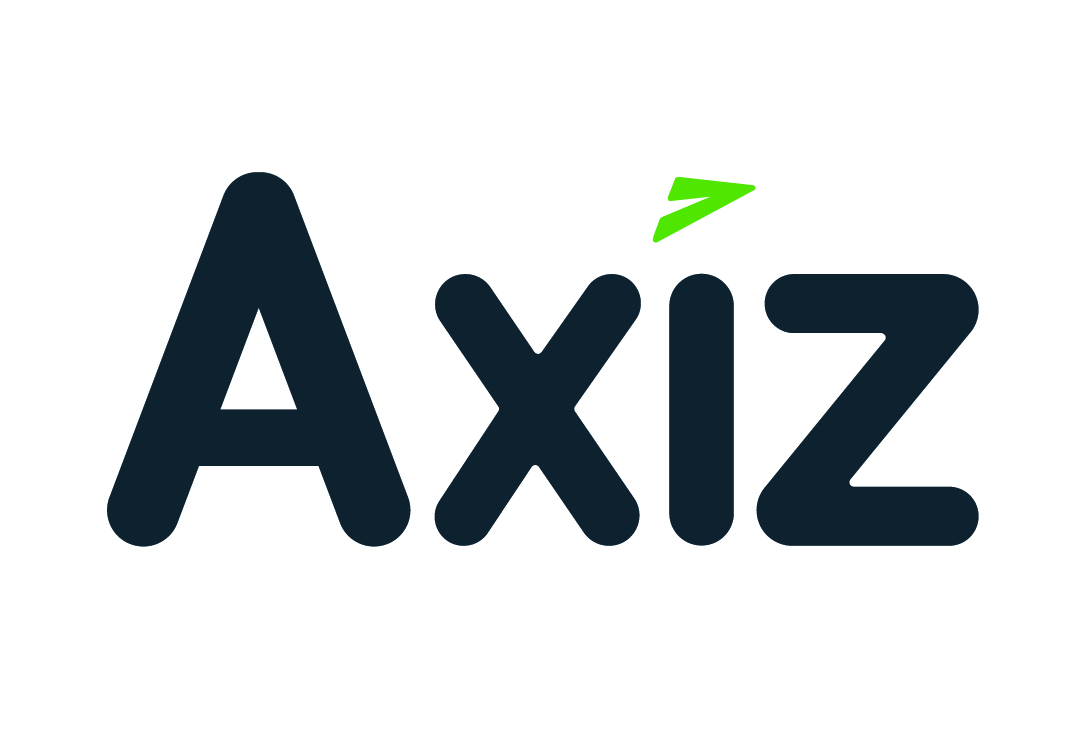Nobody wants to tell a customer that they cannot deliver on an order in time, and customers are rarely interested in excuses – no matter how valid they are. But right now, resellers and solution providers in the technology channel face this problem. What can they do to manage the unprecedented delays around technology equipment?
Technology products are in short supply. The past two years prompted an incredible surge in digitisation activities, accelerating digital transformation into mere months. But as Isaac Newton's laws remind us, every action has an opposite and equal reaction. All that acceleration came at a cost: a massive backlog in technology products.
The big tech bottleneck
We can pin a lot of the blame on the semiconductor shortage. Making computer chips is a highly technical and painstaking process. Then the pandemic arrived, creating incredible demand that supply struggles to match. First, companies rushed to buy laptops, routers and other devices to help their people work remotely. Second, companies accelerated their digital transformation plans to stay competitive and agile. And third, when people realised there was a shortage, they started stockpiling chips.
Supply chains are also contributing to the shortage. The ripples of quarantines and manufacturing slowdowns still reverberate across the world. Dozens of large cargo ships remain anchored near overwhelmed harbours, and experts warn that we can expect these delays to continue well into 2022, even 2023.
I cannot recall such deep and widespread delays in 22 years of distribution. Backorders for new products have trebled, and delays can last many months with real consequences. I know of a few new building projects waiting for their networks, access controls and other technology systems. People are ready to move in, but there's no technology to meet them. But the hands of channel providers are tied – these delays start far upstream and across many different vendors.
Uncertainty makes the situation even more complicated. Some vendors have stock, others don't – and that balance seems to shift all the time. There's often no telling when a vendor's stock problems will lessen.
How to manage stock delays
What can channel providers do to navigate these issues and soften the blow for their customers? It's a very difficult situation, and there is no clear answer. But I have encountered a few good strategies that can create positive results:
- Talk to your customer and plan accordingly. The sooner, the better: you cannot conjure equipment out of thin air, but you can adjust plans and look for alternative strategies. Those steps take time, and so does gaining your customers' trust and support around these issues. So be proactive.
- Help your customers deal with business demands. Leading from the previous point, your customers have deadlines and obligations to their business. They may need to provide answers to their teams and management. If you understand those challenges, you can help them respond to the business.
- Look for alternative products. It might be feasible to find alternative replacements for the products your customers want. Look at different choices, even temporary ones. Since supply is unpredictable, this exercise will require good market and product knowledge.
- Create contingency plans with existing infrastructure. In many cases, customers will have to delay upgrades or replacements, and continue to sweat their current systems. Help them look for ways to do so and adjust their plans accordingly.
- Look at software alternatives. There are no bottlenecks for software-defined systems, so consider software alternatives to hardware, or software that can help enhance and sweat hardware for a little longer.
You can combine some of these strategies for the desired outcome. For example, you can use alternative products to help customers sweat what they have over the short term. Your customer conversations might lead to a radically different transformation strategy than they had previously.
An opportunity for customer partnerships
Don't think of the situation purely in terms of supply and demand. It requires some creative ideas and in-depth collaboration with customers. I don't want to downplay the significance of the shortages, but you can still see it as an opportunity to work more closely with your customers.
To bolster your efforts, partner with a distributor such as Axiz. We represent over 50 different vendors, providing a wide range of products that could include alternatives to current orders. Our online marketplace is a fantastic place to scrutinise software, service, cloud and hardware choices. We also have stock experts and business development professionals who can help you help your customers.
Whatever you do, don't just wait for the tide to come in. The IT supply bottlenecks won't stop any time soon. Use the moment to show your customers that you want to be their technology partner, and that you care about delivery and strategy – not just selling stock. And good luck – it won't be easy, but we'll come out of this challenging period tougher, smarter and closer to our customers.
Share
